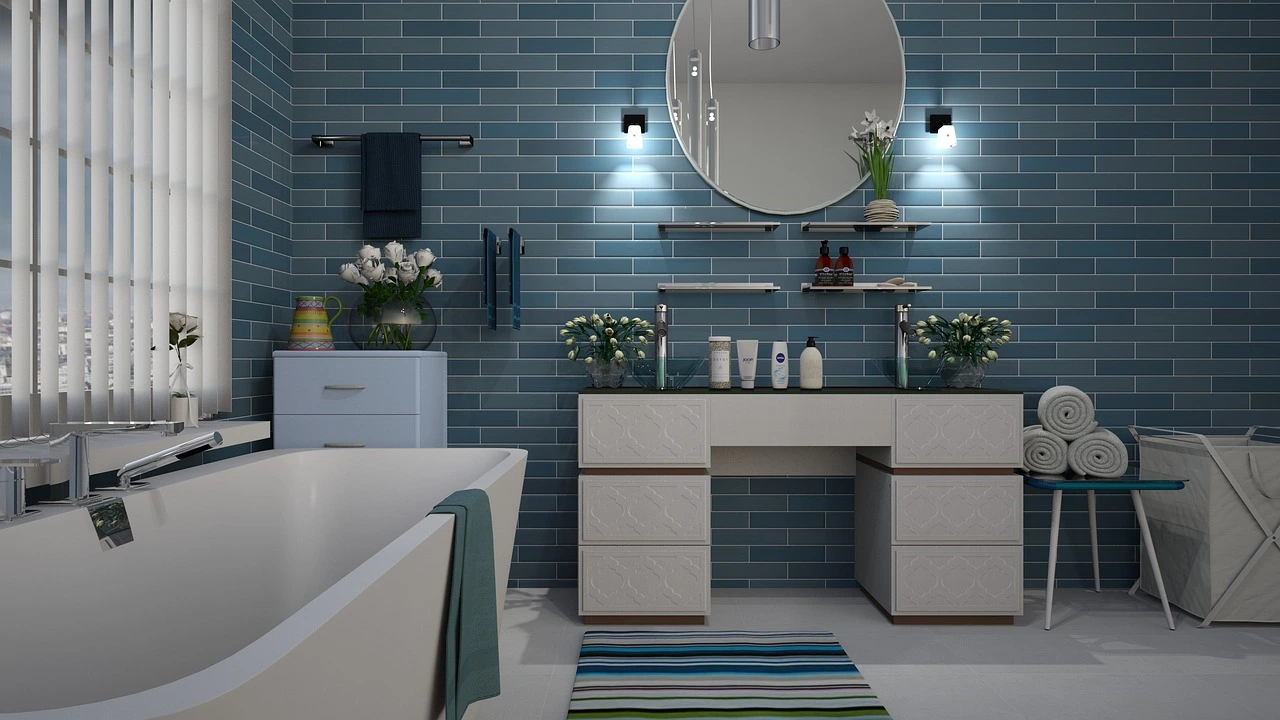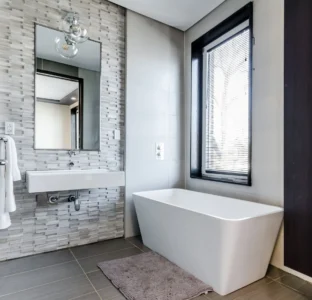Embarking on a DIY tile installation project can be a rewarding yet challenging endeavor. As you prepare to transform your space with new tiles, it’s essential to equip yourself with the right knowledge and techniques. This guide provides valuable tips and insights to help you navigate the process with confidence, ensuring a successful and satisfying outcome.
DIY tile installation is a fantastic way to personalize your space and add value to your home. While the task may seem daunting at first, with the right approach and preparation, you can achieve professional-looking results. Whether you’re revamping your bathroom, kitchen, or any other area in your home, these tips will guide you through each step of the process. From choosing the right tiles to the final touches of grouting, we’ve got you covered.
1. Prepare Your Tools and Materials
The first step in any successful DIY project is preparation. Gather all necessary tools and materials before you begin. You’ll need tile adhesive, buckets, a notched trowel, tile spacers, a tile cutter, tile nippers, a grout float, and a measuring tape. Additional tools like a set square and a spirit level might also be required. Visit a trade center for advice on the best adhesive and tools for your specific project.
2. Choose the Right Tiles
Selecting suitable tiles is crucial for a smooth installation process. Some tiles, like ceramic ones, are easier to cut and handle due to their lower density compared to porcelain tiles. Consider the ease of installation when choosing your tiles. Non-rectified tiles, for example, are more forgiving and don’t require a perfectly flat surface for installation, unlike rectified tiles. They are also less prone to ‘lipping’ – a common issue with rectified tiles if the surface isn’t perfectly prepared. When ordering tiles, allow for a 15-20% extra quantity to account for cuts and wastage.
3. Layout and Marking
Proper layout and marking are essential for a visually appealing finish. Clean and prepare your surface, then plan the design of your tiles on the floor. Decide where to place full and cut tiles. In areas like a laundry room, start laying your full, straight line of tiles from the focal point (e.g., the bench wall). Measure and mark the tiles that will need cutting on both sides. This step ensures a balanced and aesthetically pleasing tile arrangement.
4. Cutting the Tiles
Cutting tiles requires precision and the right tools. Depending on your tile cutter, you might score and tap the tile to cut it or use a platform cutter. For intricate shapes or smaller tiles, tile nippers are useful for breaking off small pieces gradually. Always ensure you’re cutting the tiles in a safe manner and according to the type of tile you are working with.
5. Preparing and Applying Adhesive
Mix your adhesive in batches following the manufacturer’s instructions. For flooring, apply adhesive using a 10mm notched trowel, and for walls, a 6mm notched trowel is typically used, with horizontal lines across the wall. It’s crucial to apply adhesive only one square meter at a time and ensure it doesn’t develop a skin before laying the tiles. This step is vital for strong adhesion and the longevity of your tile installation.
6. Gluing the Tiles
Press and slide each tile into the adhesive, making sure there is full contact. Clean any dust off the backs of the tiles before placing them. This full contact is essential to prevent tiles from becoming loose or ‘drummy’ over time. Ensure that each tile is properly aligned and level as you proceed.
7. Grouting the Tiles
After the adhesive dries, remove the tile spacers and mix the grout according to the manufacturer’s instructions. Apply the grout diagonally using a grout float, ensuring it fills the joins evenly. Use a damp sponge to remove excess grout from the tile surface, rinsing the sponge regularly. Finally, polish the tiles with a dry cloth for a clean finish.
8. Maintenance and Care
Once your tiles are installed, it’s important to know how to maintain them properly. Regular cleaning and care will keep your tiles looking new and extend their lifespan. Avoid harsh chemicals and use recommended cleaning products for your specific tile type. Regular sweeping and mopping will prevent dirt build-up and preserve the beauty of your tiles.
9. Avoid Waterproofing as a DIY Task
Waterproofing, especially in bathrooms, is crucial and should be handled by professionals. Incorrect waterproofing can lead to severe structural damage over time, including rot, mold, and water damage. For peace of mind and to avoid costly repairs, it’s advisable to leave this task to experienced professionals.
10. Be Cautious with Large and Decor Tiles
Large format tiles and intricate decorative tiles, such as mosaics or geometric designs, can be challenging to install correctly. These types of tiles require precise cutting and installation techniques. Unless you have considerable experience, it’s often best to hire a professional for these more complex installations. This ensures a high-quality finish and minimizes the risk of costly errors.
Conclusion
DIY tile installation can be a gratifying project, adding personal flair and value to your home. However, it requires careful planning, patience, and attention to detail. By following these tips and tricks, you’ll be well on your way to a successful DIY tile installation. Remember, taking your time and focusing on precision will yield the best results. Happy tiling!
FAQs
What is the 3 4 5 rule for laying tile?
The 3 4 5 rule, a technique rooted in geometry, is used to ensure right angles during tile installation. It involves creating a triangle where the sides measure 3, 4, and 5 feet respectively. When these measurements are used, the angle between the 3-foot and 4-foot sides will be a perfect 90 degrees, guiding you to lay tiles in a perfectly square alignment.
How can I get better at laying tile?
Improving your tile laying skills requires practice, patience, and attention to detail. Start with smaller projects to build confidence and gradually move to larger areas. Familiarize yourself with different tile materials and cutting techniques, and always ensure proper preparation of the surface before beginning. Keeping up with instructional videos and guides can also provide valuable tips and insights.
What is the best method of tile installation?
The best method of tile installation often depends on the type of tile and the area being tiled. Generally, ensuring a clean, level, and dry surface is crucial. For floors, a back-and-forth motion when laying tiles ensures better adhesion. Using spacers for uniform gaps and allowing sufficient drying time before grouting are also key steps for a successful installation.
How do you lay tile on a DIY floor?
Laying tile on a DIY floor involves several steps: preparing the surface by cleaning and leveling it, planning the layout to determine where tiles will be placed, mixing and applying adhesive using the correct trowel, placing tiles with gentle pressure, ensuring even spacing with spacers, and finally, applying grout after the adhesive has set. Each step requires careful execution for a professional-looking finish.


